Mulberry Fruit Tree Sterilization: How To Stop A Mulberry From Fruiting
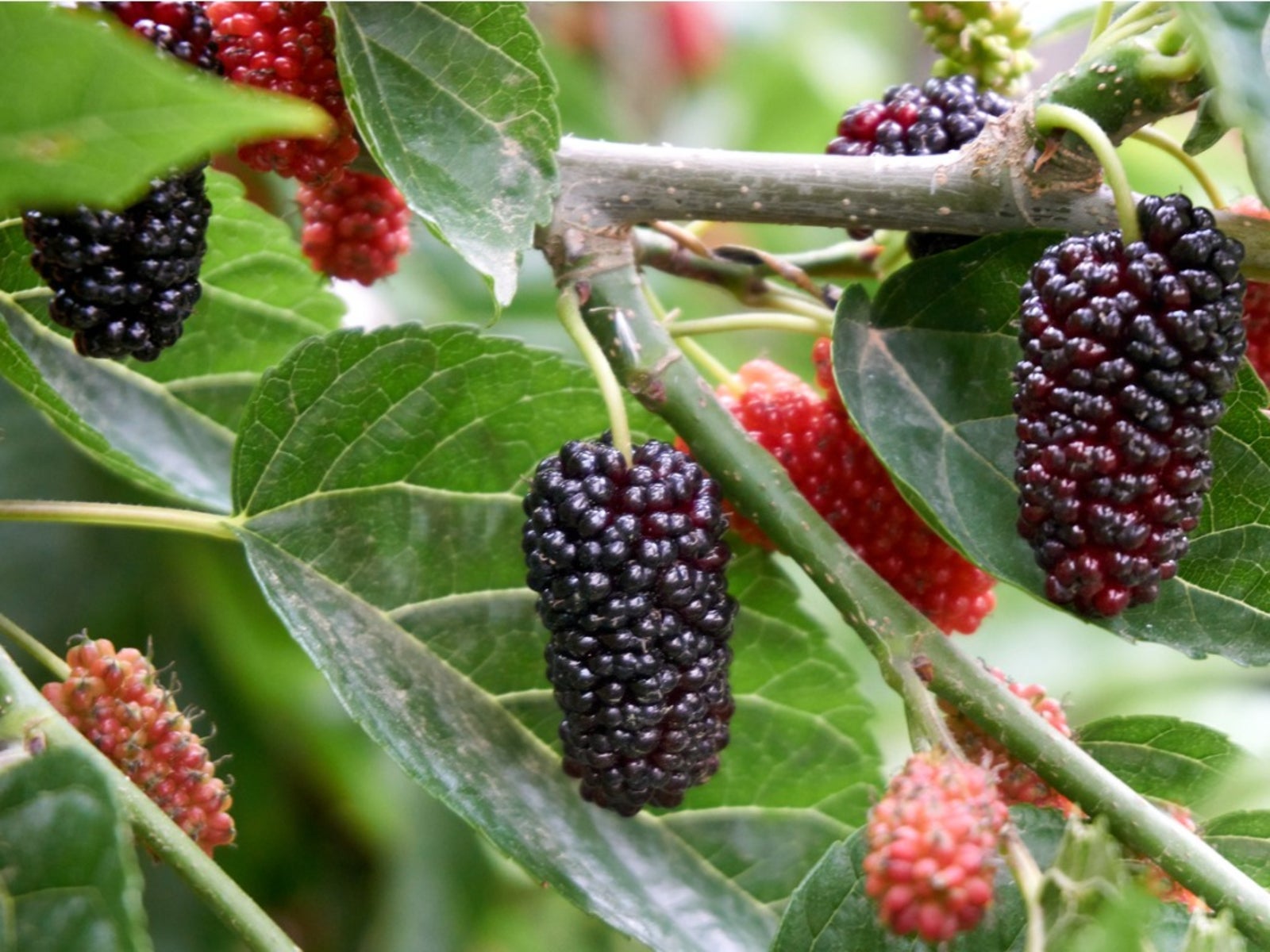
Mulberry is a deciduous, medium to large tree (20-60 feet or 6-18 m. tall) that is available in fruiting and fruitless varieties. If you currently have a mulberry that fruits, you may be well aware of the mess the fruit can create. Although the fruit is edible, there may be more of it than you can handle with an end result of a driveway that is stained purple and a car that has been bombed by bird, ahem, droppings. With such a nuisance, you may be wondering how to stop a mulberry from fruiting or mulberry fruit tree sterilization.
How to Sterilize Mulberry Trees
Ask any arborist and they will probably tell you that sterilizing mulberry trees is a difficult proposition, if not impossible. Expensive chemicals are required and the potential drift can affect surrounding unprotected trees and bushes. Generally, the results are inconsistent and must be timed perfectly during fruit bloom and in prime temperature conditions for any efficacy. The best course of action to stop a mulberry from fruiting and preventing the type of mess described above is to plant a male tree or fruitless variety of mulberry. If it's too late for that and you have a female tree, thinning or pruning the tree to reduce the amount of viable fruit is certainly a thought. You will still get some fruit but between eating some and the reduction of fruit set, you may be able to stay ahead of the untidiness. Really, the only other method to try for preventing mulberry fruit is to use a chemical application. These chemicals can be applied by you or preferably by a licensed tree company.
Chemically Preventing Mulberry Fruit
An attempt can be made sterilizing mulberry trees with the use of such chemicals as Florel Fruit Eliminator. Florel contains ethephon, which will stop fruiting and breaks down into a natural plant hormone, ethylene. It must be applied at full bloom at just the right temperatures (60-95 F./16-32 C.) and will cause fruit to drop prior to setting. All conditions must be optimal, including a lack of disease or insect infestation, sufficient irrigation, excellent drainage and soil conditions. An issue with any of these puts the tree under stress, causing its natural production of ethylene. Too much ethylene will damage the tree, causing defoliation, stem damage and leaf scorch. For this reason, even professionals have a difficult time determining the best time for application. A professional company may also use a deflowering hormonal solution applied internally as a basal or tree trunk panacea for mulberry fruit tree sterilization. Known as Snipper, this is an acid solution that is micro-injectable and again, has a window of optimum opportunity for use. All hormonal sprays should be applied during flowering before fruit set. This timing is crucial and any derivation will result in wasted time and money. Other chemicals may be useful for mulberry sterilization. Consult with an arborist or the like for professional grade information. Professional application is likely to be costly, so keep that in mind. If all else fails, consider the removal of the tree (although that costs a pretty penny too!) and replanting of a less disorderly specimen.
Gardening tips, videos, info and more delivered right to your inbox!
Sign up for the Gardening Know How newsletter today and receive a free copy of our e-book "How to Grow Delicious Tomatoes".

Amy Grant has been gardening for 30 years and writing for 15. A professional chef and caterer, Amy's area of expertise is culinary gardening.
-
 Try The Trend – Turn Any Bed Into A Keyhole Garden With This Clever In-Ground Composter
Try The Trend – Turn Any Bed Into A Keyhole Garden With This Clever In-Ground ComposterKeyhole gardening is an efficient and sustainable practice that saves space. Get started on this DIY project quickly and easily with an in-ground composter.
By Bonnie L. Grant
-
 4 Superfast Composting Methods: Turn Waste Into Garden Gold In 30 Days Or Less
4 Superfast Composting Methods: Turn Waste Into Garden Gold In 30 Days Or LessTry the fastest composting methods to turbocharge your pile and transform kitchen scraps and garden waste into finished compost in just a few weeks.
By Mary Ellen Ellis
-
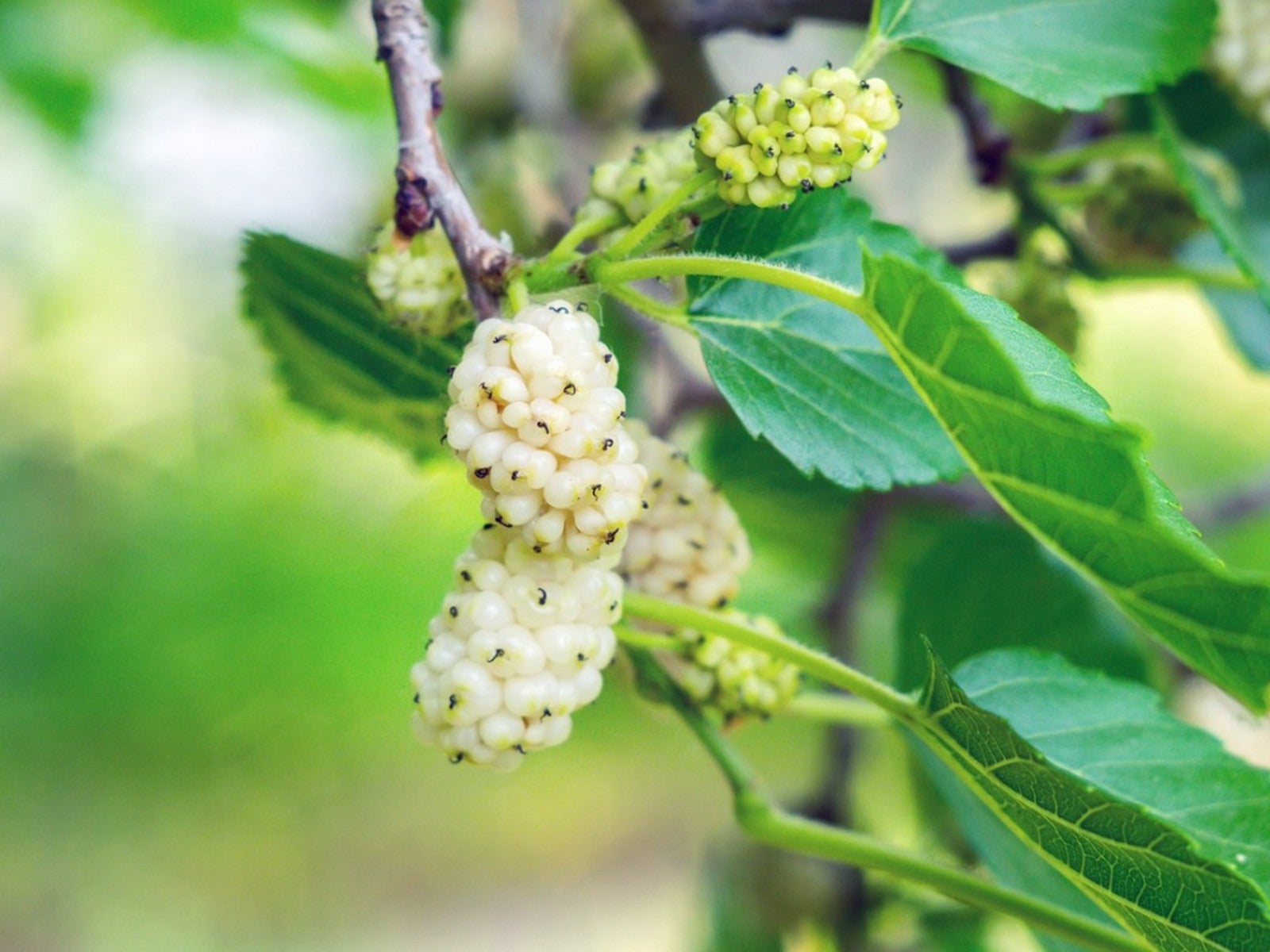 White Mulberry Info: Tips On Caring For White Mulberry Trees
White Mulberry Info: Tips On Caring For White Mulberry TreesIf you're not put off by their messy fruit, there are many types of mulberries to choose from for the landscape. This article will cover white mulberry trees, which may be fruiting or fruitless. Click here for more information on white mulberry care in the garden.
By Darcy Larum
-
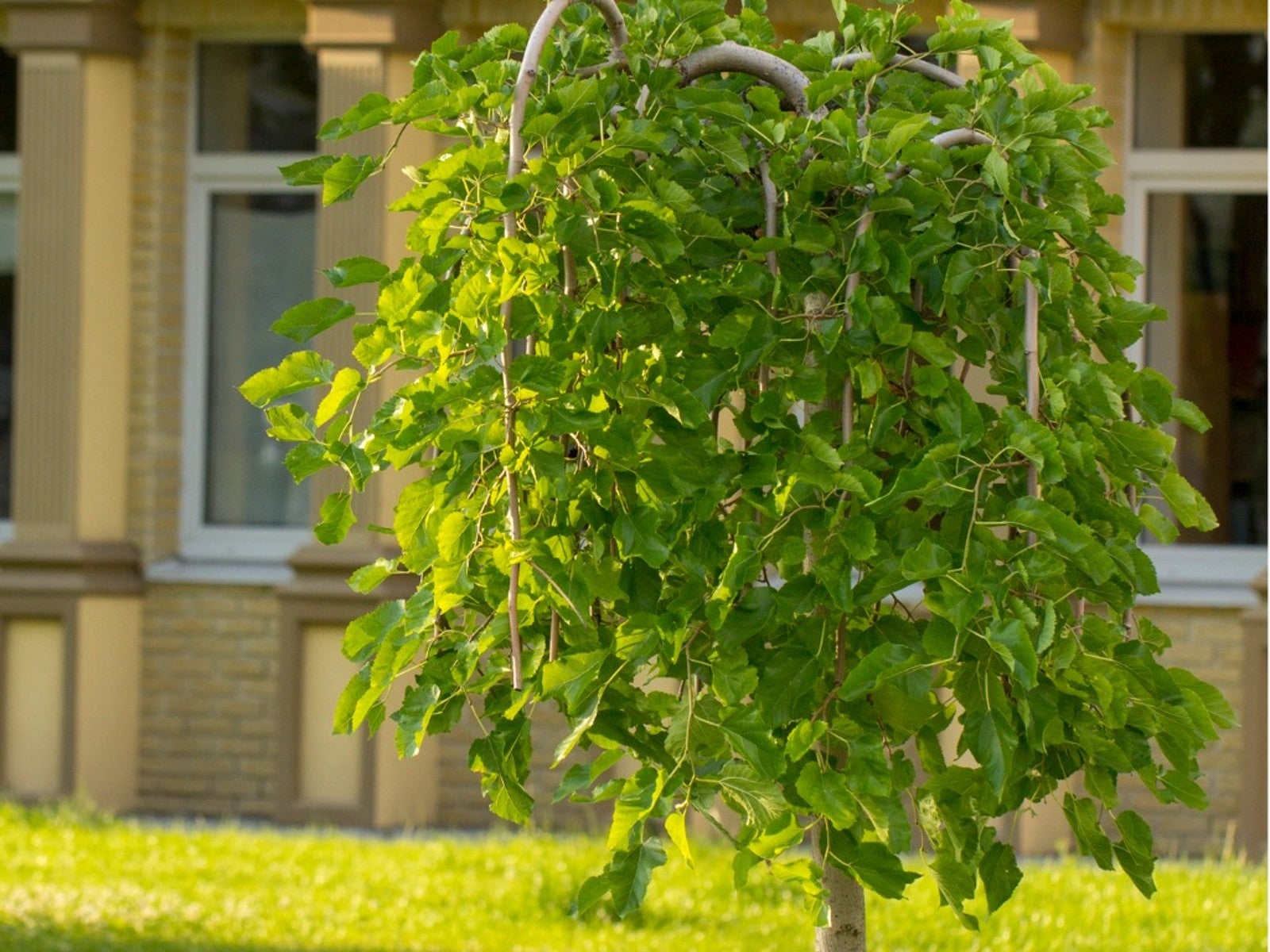 What Is A Weeping Mulberry: Learn About Weeping Mulberry Tree Care
What Is A Weeping Mulberry: Learn About Weeping Mulberry Tree CareOnce used to feed valuable silkworms, the weeping mulberry is a uniquely beautiful addition to any landscape, is easy to grow, and produces delicious berries.
By Amy Grant
-
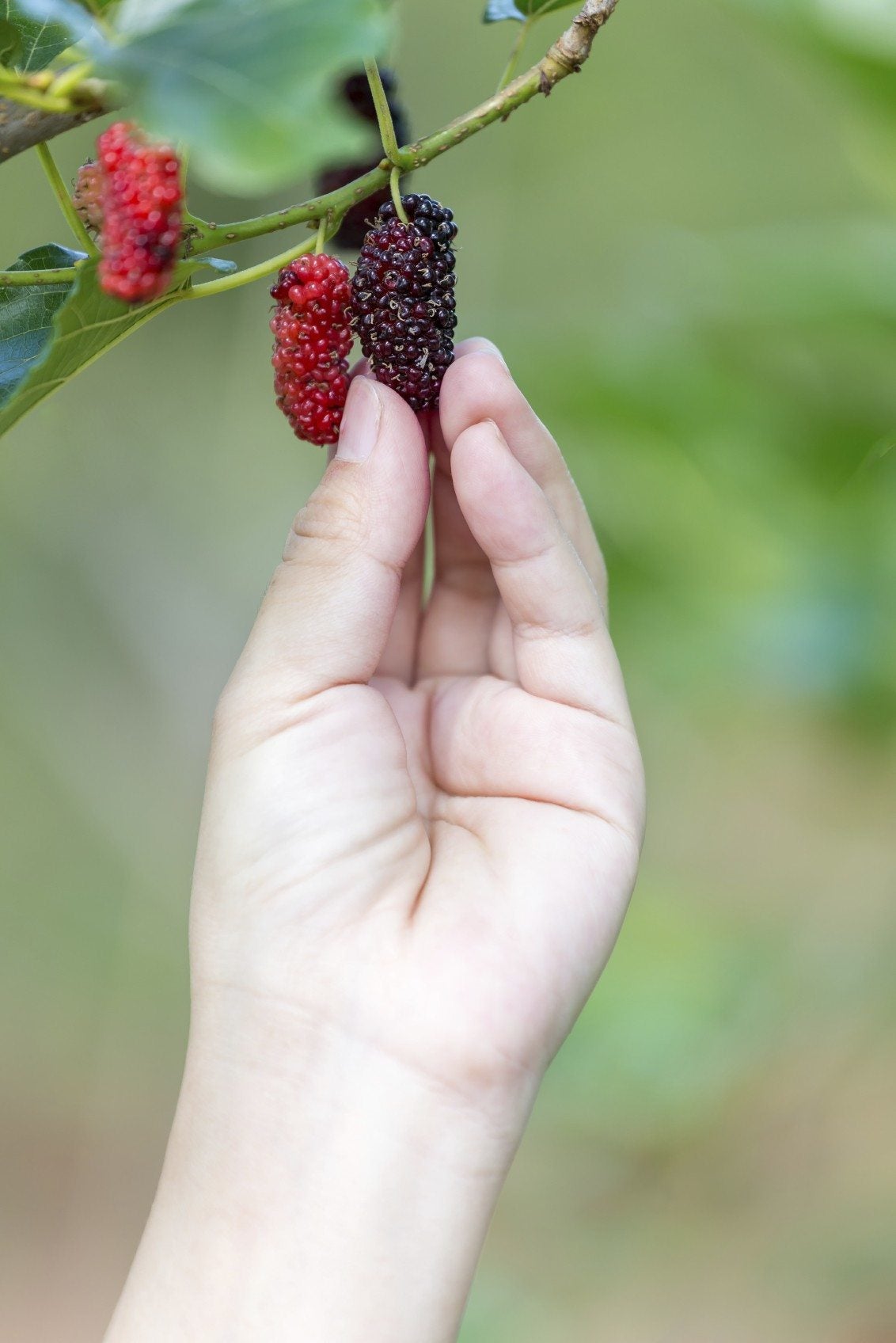 Mulberry Tree Harvest: Tips On How To Pick Mulberries
Mulberry Tree Harvest: Tips On How To Pick MulberriesIf you live in USDA zones 5-9, you can enjoy your very own mulberry tree harvest. The question is "When to pick mulberries?". This leads to a follow-up question about how to pick mulberries. Learn the answers to both questions in this article.
By Amy Grant
-
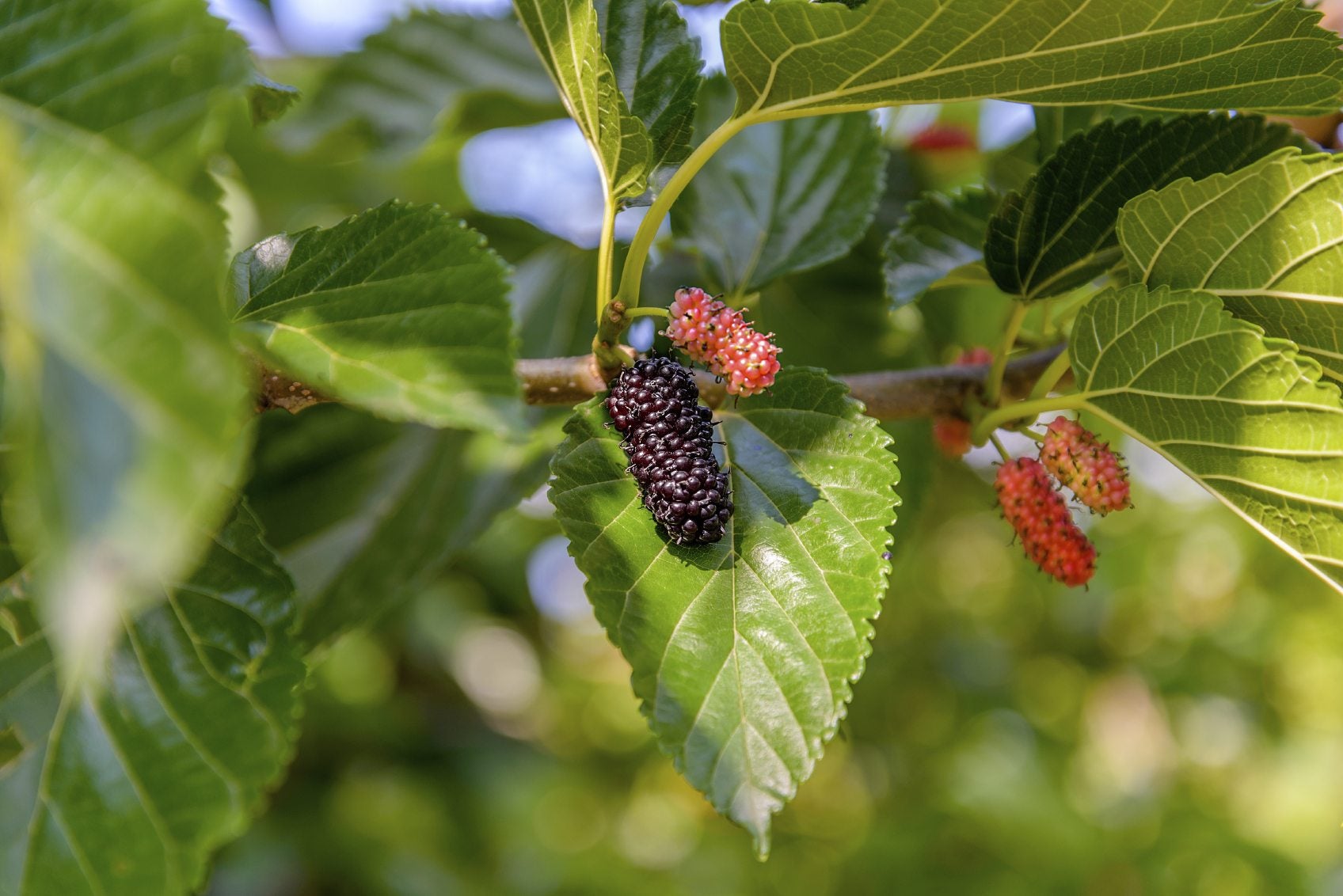 Dwarf Mulberry Tree Facts: How To Grow A Mulberry Tree In A Pot
Dwarf Mulberry Tree Facts: How To Grow A Mulberry Tree In A PotMulberries are easy to grow, abundant, and fast growing, which makes them perfect for containers. If you're interested in growing mulberries in containers, click this article to find out how to grow a mulberry tree in a pot and other dwarf mulberry tree facts.
By Amy Grant
-
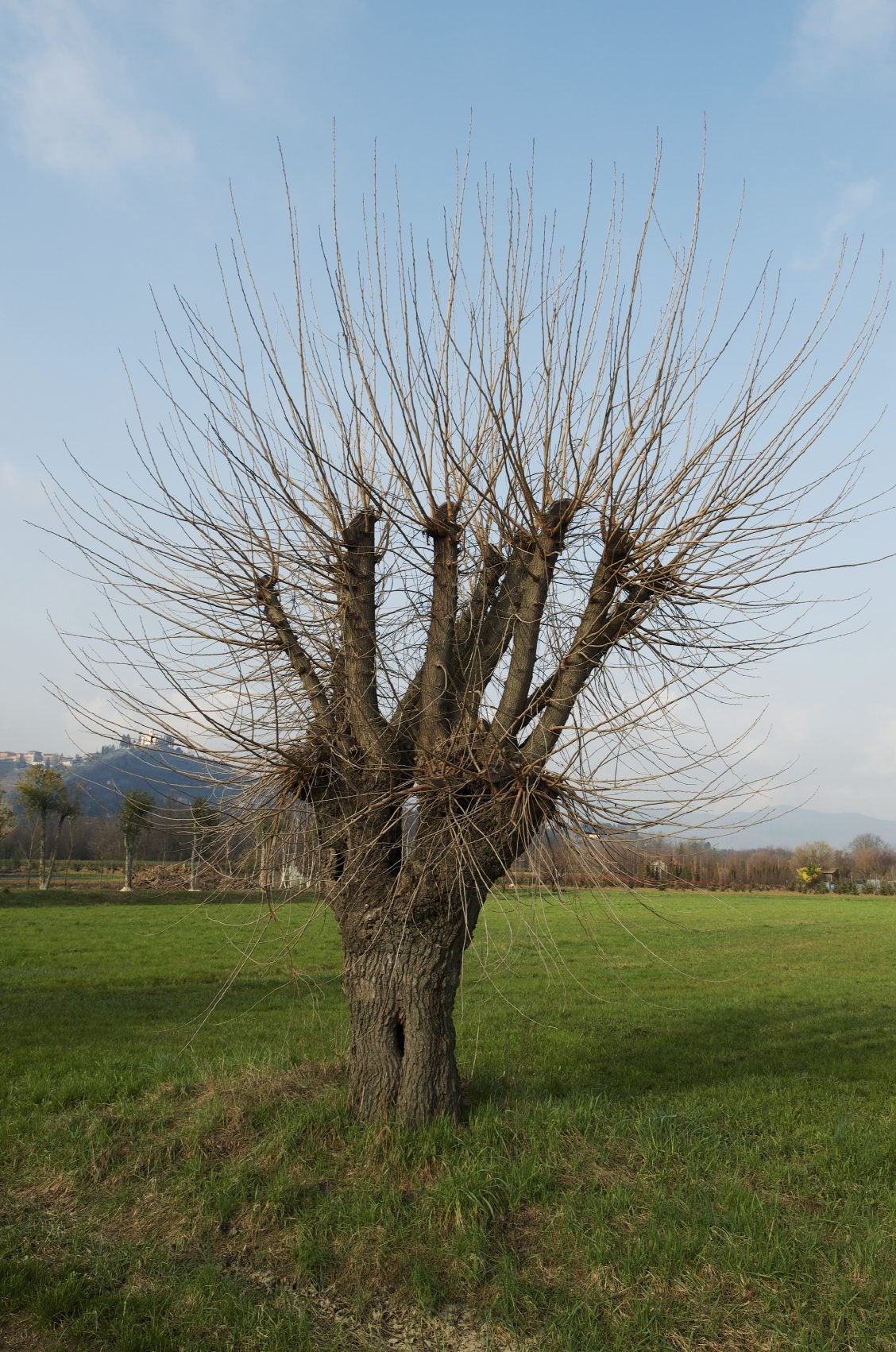 Mulberry Trimming – Learn When And How To Prune A Mulberry Tree
Mulberry Trimming – Learn When And How To Prune A Mulberry TreeMulberry trees can reach 30'-70' depending on the species. They are fantastic shade trees. Due to their quick growth, pruning mulberry trees is often necessary. The information found in this article can help get you started with mulberry trimming.
By Karen Boness
-
 Mulberry Tree Care – Learn How To Grow Mulberry Trees
Mulberry Tree Care – Learn How To Grow Mulberry TreesInterested in learning about how to grow mulberry trees? This article will help get you started with mulberry tree care.
By Amy Grant
-
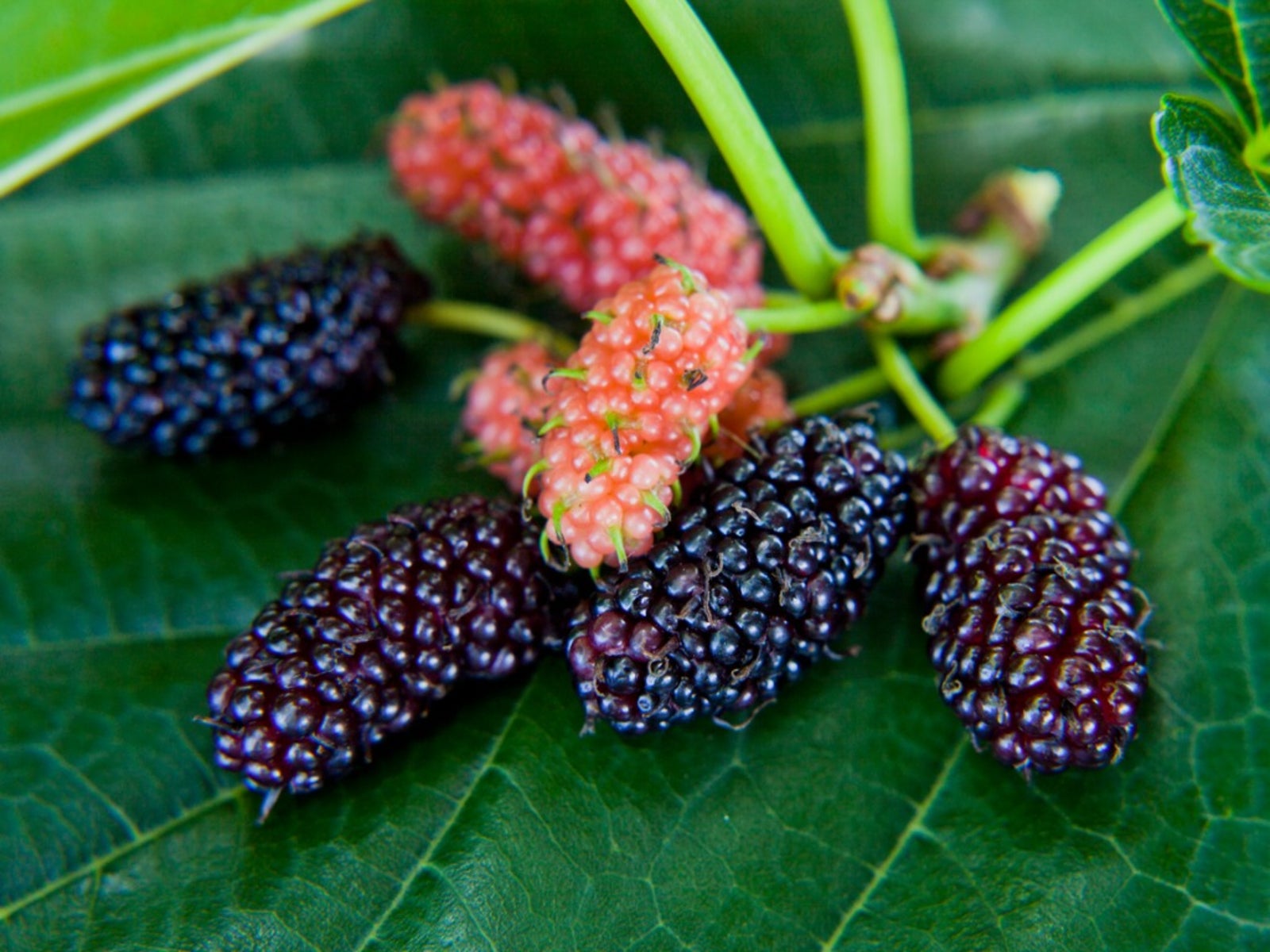 Mulberry Fruit Drop: Reasons For A Mulberry Tree Dropping Fruit
Mulberry Fruit Drop: Reasons For A Mulberry Tree Dropping FruitFruit drop in mulberry trees is very common. These heavy bearers are prone to heavy mulberry fruit drop and can create quite a mess. Learn more about what causes this in the following article. Click here.
By Amy Grant
-
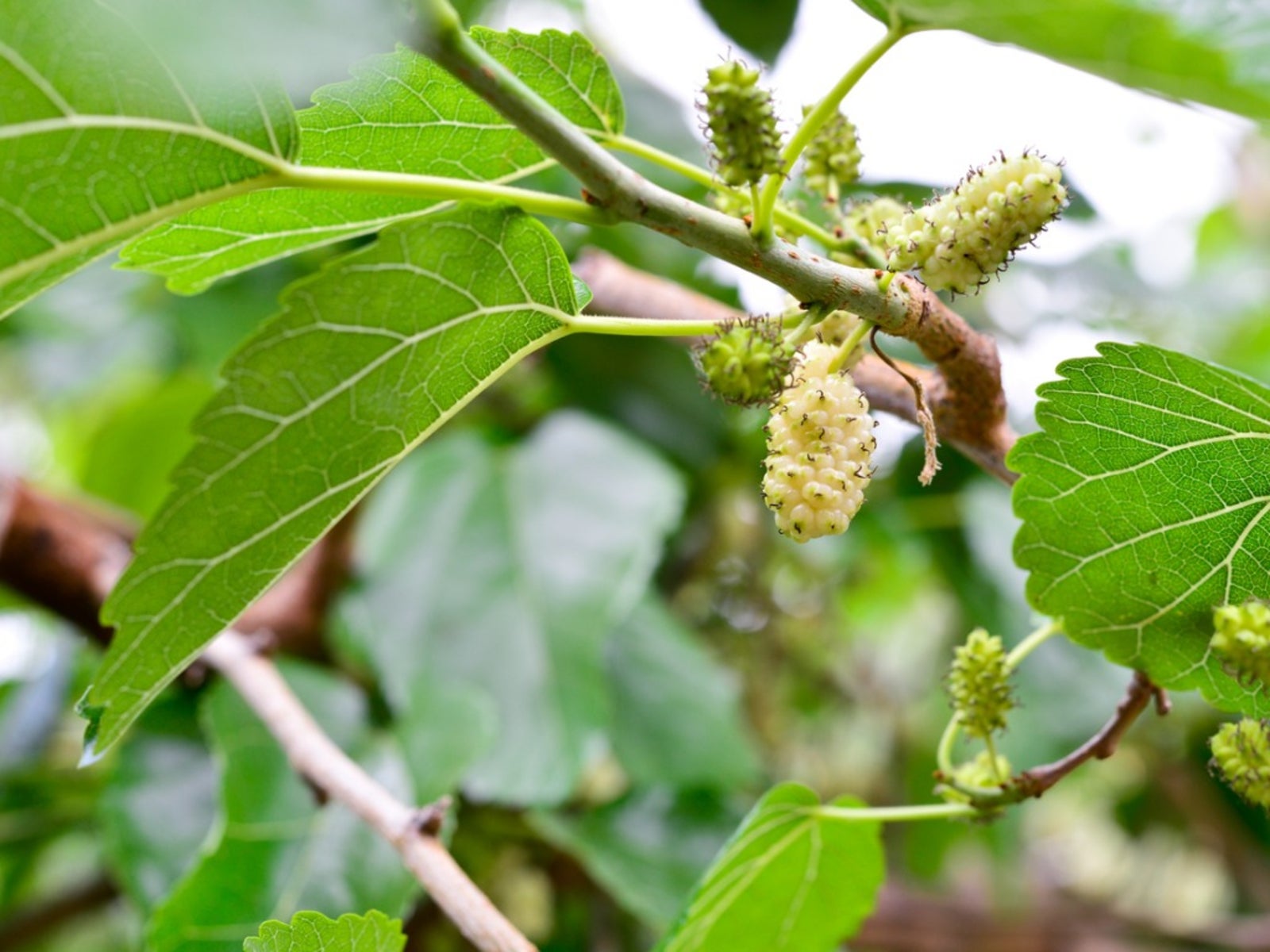 Corkscrew Mulberries: Care Of Contorted Mulberry Trees
Corkscrew Mulberries: Care Of Contorted Mulberry TreesOriginating in Japan, contorted mulberry trees (Morus alba) thrive in zones 5 through 9. This tree is also known as a contorted "Unryu" mulberry and you can learn more about it in this article.
By Susan Patterson